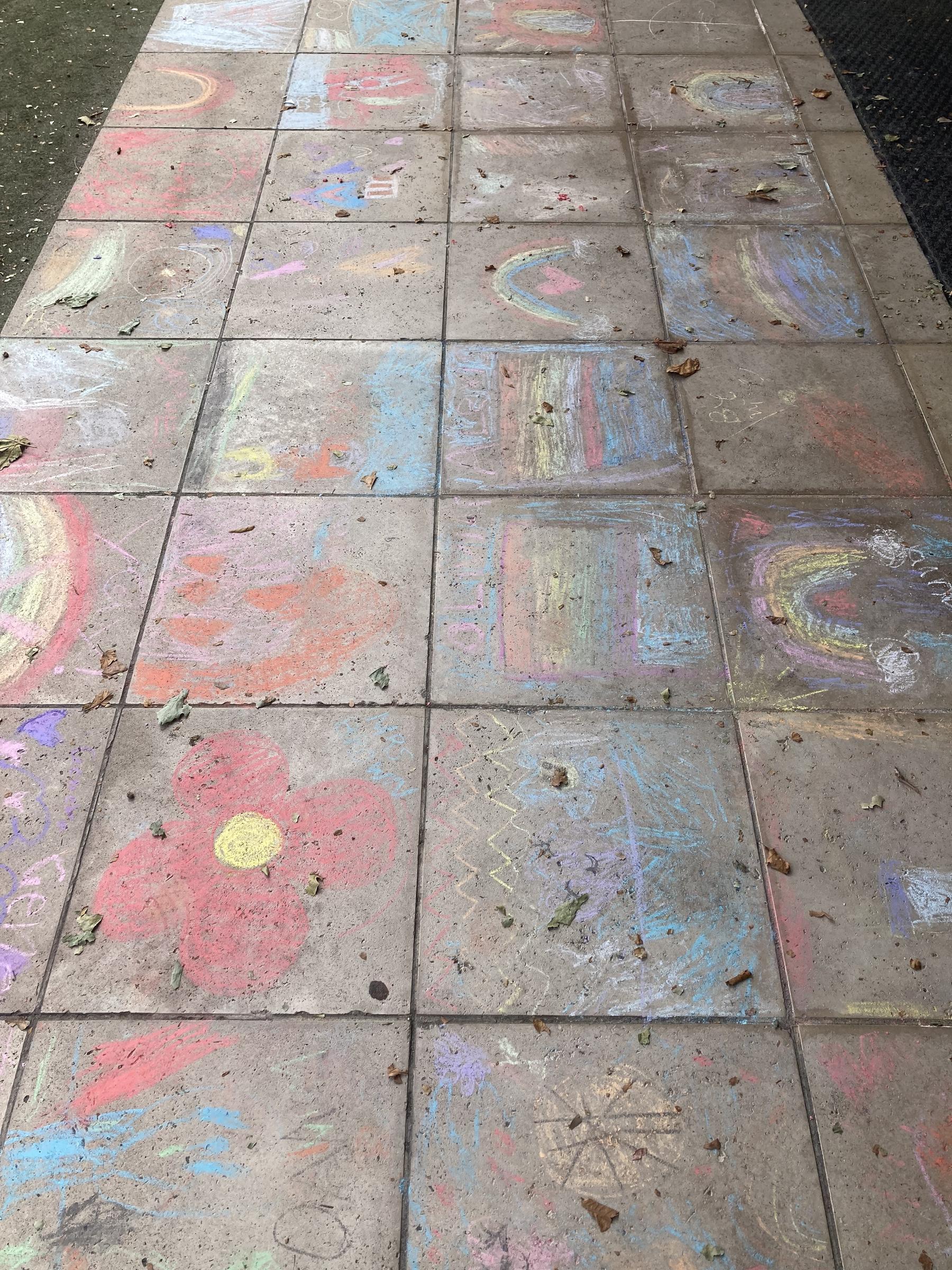New Child Safe Standards

The new 11 Victorian Child Safe Standards came into effect on Friday 1 July 2022.
In July 2021, the Victorian Government announced new Child Safe Standards (CSS) to further strengthen child safe environments and protect children from abuse.
From 1 July 2022, 11 new Victorian Child Safe Standards have replaced the seven previous Child Safe Standards (and principles) which had been in place since 2016.
The revised Victorian CSS support greater national consistency, reflecting the National Principles for Child Safe Organisations, developed following the Royal Commission into Institutional Responses to Child Sexual Abuse. The CSS include new requirements, including:
- the involvement of families and students in child safety efforts
- focus on the safety of Aboriginal children and young people
- management of the risk of child abuse in online environments
- governance, systems and processes to keep students safe.
The CSS are underpinned by Ministerial Order No. 1359 (MO 1359), which was released by the Victorian Government on 10 February 2022. MO 1359 defines the actions schools and school boarding premises must take to meet the requirements associated with the new CSS. Mo 1359 replaces the previous Ministerial Order No. 870.
What does this mean for schools?
As Catholic educators, we have a moral, mission-driven and legal responsibility to uphold and actively promote the wellbeing and safety of every student entrusted to our care.
Catholic schools are well-placed to respond to the changes because the extensive strategies and policies already in place for the wellbeing and safety of every child will help them be compliant with the new CSS. In some instances, schools will need to update or develop their current child safety policies and practices, and continue to embed these into their organisational culture to meet the new CSS.
At Sacred Heart we have updated all policies to reflect these changes.
Further to compliance, being a child safe organisation is an ongoing process of continual review and refinement which is significantly dependent upon strong leadership and culture, policies and procedures, staff education and training, and the active participation of children, young people and their families.
New Child Safe Standards
- Culturally safe environments – Organisations establish a culturally safe environment in which the diverse and unique identities and experiences of Aboriginal children and young people are respected and valued.
- Leadership, governance and culture – Child safety and wellbeing is embedded in organisational leadership, governance and culture.
- Child and student empowerment – Children and young people are empowered about their rights, participate in decisions affecting them and are taken seriously.
- Family engagement – Families and communities are informed, and involved in promoting child safety and wellbeing.
- Diversity and equity – Equity is upheld and diverse needs respected in policy and practice.
- Suitable staff and volunteers – People working with children and young people are suitable and supported to reflect child safety and wellbeing values in practice.
- Complaints processes – Processes for complaints and concerns are child focused.
- Child safety knowledge, skills and awareness – Staff and volunteers are equipped with the knowledge, skills and awareness to keep children and young people safe through ongoing education and training.
- Child safety in physical and online environments – Physical and online environments promote safety and wellbeing while minimising the opportunity for children and young people to be harmed.
- Review of child safety practices – Implementation of the Child Safe Standards is regularly reviewed and improved.
- Implementation of child safety practices – Policies and procedures document how the organisation is safe for children and young people.
